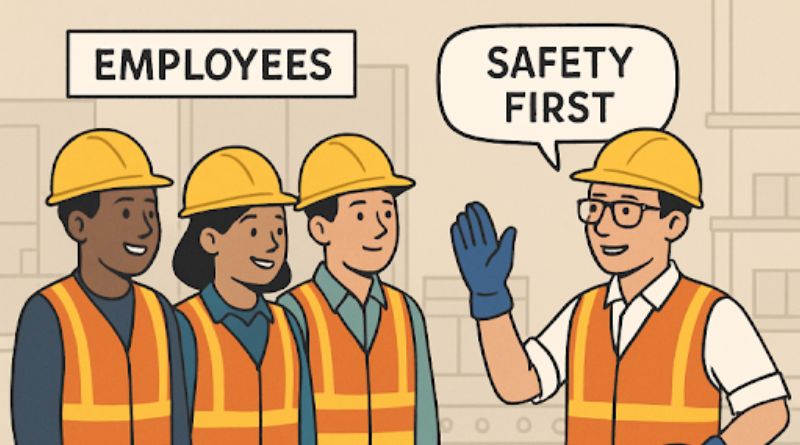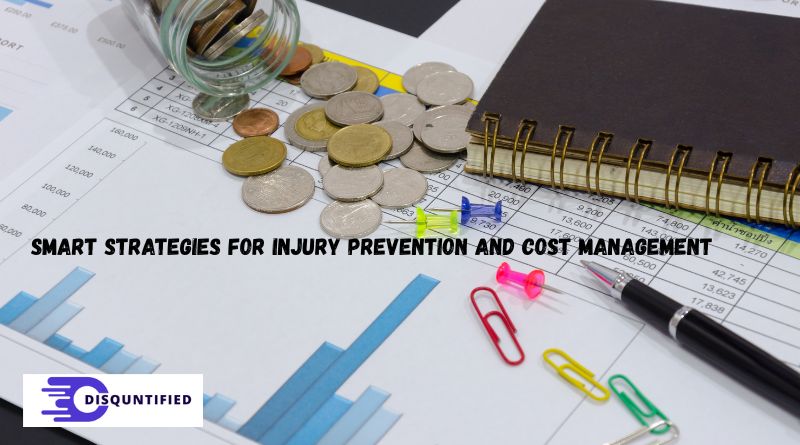Creating and maintaining a safe workplace is no longer simply a regulatory requirement—it’s a cornerstone of organizational success. Although workplace injuries have become less frequent over time, the financial strain from these incidents continues to rise, driven by factors such as an aging workforce, increased employee turnover, and notably longer recovery times. To proactively control these growing liabilities, employers must implement comprehensive strategies, including leveraging insurance services tailored to their industry and risk profiles. Embedding these solutions within a broader culture of safety helps organizations protect both their workforce and bottom line.
Key drivers behind rising workers’ compensation costs include demographic changes and evolving expectations for employee health and safety. Rather than simply responding to incidents, successful organizations anticipate risks, prioritize employee well-being, and invest in robust coverage through expert insurance services. Such investments complement hands-on efforts like training, open communication, and thoughtful onboarding—all contributing to fewer claims and a more resilient workforce.
Understanding the Current Landscape
Workplace safety data reveals a modern paradox: occupational injuries are slowly declining, yet the costs associated with these events are climbing. According to industry reports, factors such as a maturing population, frequent staff changes, and ongoing labor shortages mean workplaces face increased challenges in caring for injured workers. For example, the average recovery period per injury now stands at approximately 80 workdays, a significant increase that translates to lost productivity, higher wage replacements, and greater healthcare expenses. This trend underscores the urgent need for holistic safety protocols and comprehensive workers’ compensation coverage that aligns with the realities of today’s labor market.

Impact of Workforce Demographics
Workforce shifts directly influence injury patterns and associated costs, with two groups standing out:
- First-Year Employees: Statistically, newcomers face a disproportionate risk, accounting for around 36% of total workplace injuries. This group often struggles with a lack of familiarity regarding equipment, policies, or social expectations, underscoring the importance of targeted onboarding programs.
- Aging Workforce: Employees over age 50 may be less prone to accidents overall, but when injuries do occur, their recovery is often slower. This results in longer disability durations and higher claim costs, particularly critical in industries demanding physical labor or shifting job functions.
Effective strategies must acknowledge these demographic realities, adapting initiatives to safeguard both new hires and seasoned professionals.
Importance of Comprehensive Onboarding
Mitigating risk for first-year employees begins with a structured and interactive onboarding process. Leading organizations go beyond basic orientation—offering immersive safety training that encompasses hazard recognition, machinery etiquette, and step-by-step emergency response procedures. Key components include:
- Safety Training: Use hands-on demonstrations and scenario-based exercises to equip new team members with practical, real-world knowledge of workplace risks and protocols.
- Mentorship Programs: Pairing newer workers with experienced staff can accelerate the learning curve while reinforcing organizational safety norms.
- Regular Assessments: In the first months, employ active check-ins and safety quizzes to validate understanding and proactively address gaps before incidents occur.
Fostering a Culture of Safety
Workplace safety is everyone’s responsibility, and the strongest initiatives are rooted in shared values rather than top-down mandates. To build a lasting culture of safety, companies should:
- Demonstrate Leadership Commitment: Company leaders must be visible champions of safety, setting an example in both words and actions by participating in training and endorsing necessary investments.
- Promote Open Communication:Employees should feel safe reporting hazards or near-misses without fear of penalty. Anonymous suggestion boxes, safety hotlines, and regular town halls can empower staff.
- Pursue Continuous Improvement:Implement regular reviews of safety metrics and procedures, using insights from incidents and near-misses to update policies and training programs and keep pace with new risks.
Leveraging Technology for Safety
Cutting-edge technology presents enormous opportunities to proactively prevent injuries and gather actionable insights. Employers increasingly use:
- Wearable Devices: These monitor biometric signals and environmental conditions, alerting workers and supervisors to hazards such as excessive heat or fatigue.
- Augmented Reality (AR): strong> AR headsets and smart glasses deliver visual warnings and precise work instructions right to a worker’s field of view, greatly enhancing awareness on dynamic job sites.
- Data Analytics: Sophisticated injury tracking and analytics platforms reveal hidden trends—pinpointing high-risk departments, times, or job types so that interventions can be timely and focused.
Recent research demonstrates that AR-enabled alerts reduce stress and error rates among workers, especially during compressed deadlines and high workload environments.
Addressing Mental Health in the Workplace
Physical safety is only one piece of the equation. Chronic stress, anxiety, and burnout diminish concentration and increase the likelihood of accidents. Proactive organizations provide:
- Counseling and Support Programs: Accessible employee assistance programs (EAPs) give workers a confidential space to address emotional or psychological challenges.
- Work-Life Balance Initiatives: Flexible schedules, wellness days, and clear boundaries around overtime reduce cumulative stress and help prevent absenteeism or presenteeism.
- Manager Training: Supervisors should be equipped to recognize early warning signs of mental health struggles and know how to guide employees to appropriate resources.
Prioritizing mental well-being drives resilience, productivity, and overall safety, lowering costs associated with avoidable distractions or accidents.
Conclusion
While progress has been made in reducing workplace injuries, escalating costs highlight the continued urgency for a proactive, multifaceted approach to risk management. By understanding workforce dynamics, driving robust onboarding, embracing a safety-first culture, leveraging technology, and supporting mental health, organizations can reduce claims, improve employee morale, and better manage their workers’ compensation obligations. These proactive strategies don’t merely lower financial risks—they create healthier, more engaged, and more loyal teams, which is vital in today’s competitive business landscape.

